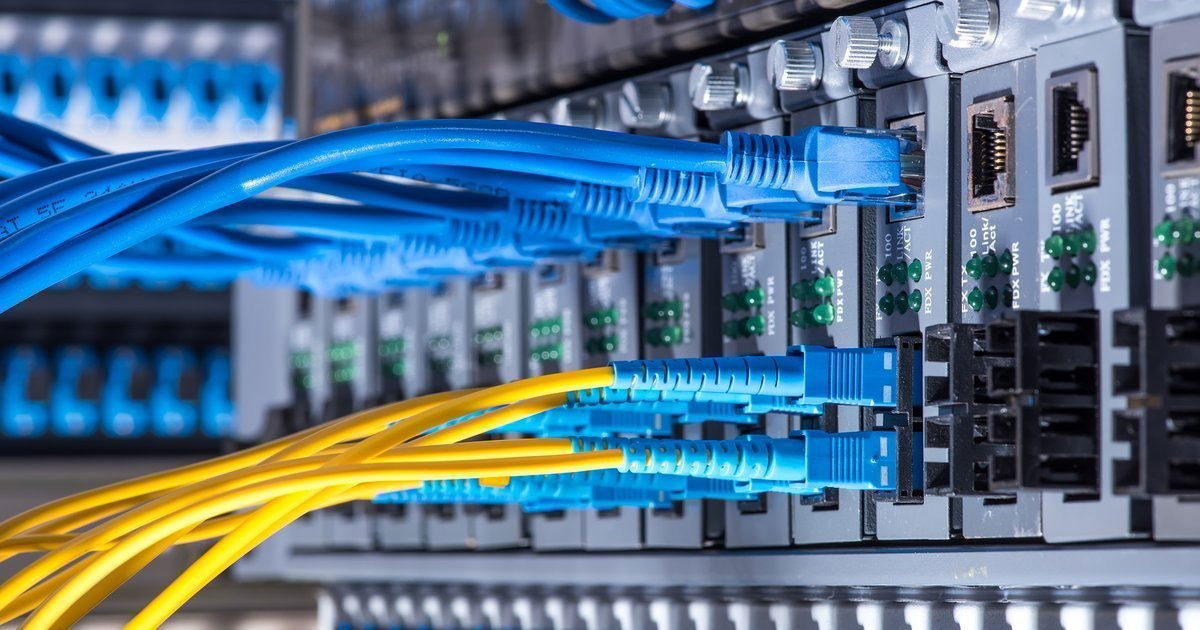Types of Cabling in a Structured Cabling
If your business is considering a structured cabling environment, it is likely that you are already using a variety of different types of cabling. Not only is the type and quality critical, but you also need to ensure you're utilizing cabling that is appropriate for your company's needs. Will discuss the most common types of cables found in a structured cabling environment.

Fiber Optic Cables
Fiber optic cables have been around for quite some time, but they have become more popular recently because of their ability to transmit data much faster than other types of cabling.
Since fiber optic cables do not use metal wires or connectors, they are well-suited for both indoor and outdoor environments. Fiber optic cable is also generally more expensive than other types of cabling, but the enhanced performance makes up for the added cost.
Advantages of Fiber Optic Cabling:
- Faster data transmission rates
- Greater bandwidth capacity
- Less susceptible to interference than other types of cabling
- Suitable for both indoor and outdoor environments
Disadvantages of Fiber Optic Cabling:
- More expensive than other types of cabling
- More difficult to install than other types of cabling
- May require infrastructure hardware upgrades
Twisted Pair Cables
In most ethernet networks, twisted pair cable is employed. The insulation or outer sheath of the cable consists of four pairs of thin metal wires or conductors. Each pair is twisted into several additional twists. These twists help prevent signal interference from other devices and, more importantly, from neighboring cables.
Fiber optic cable is a great option for companies who need to run cables over long distances. While twisted pair cabling is best suited for indoor environments, it is often found in certain outdoor applications. Examples of commonly used twisted pair cables include Cat6, Cat6A, and Cat7.
Advantages of Twisted Pair Cabling:
- Inexpensive
- Twisted pair cable is a great option for companies who will need to run cables over long distances
- Easy to install, work with, and maintain
- Industry-standard used in network and computer applications for decades
Disadvantages of Twisted Pair Cabling:
- Cable length restrictions limit the speed at which data is transmitted.
- Higher susceptibility to interference from outside sources like power lines or fluorescent lights
- May require more infrastructure hardware upgrades than fiber optic cabling for your structured cabling environment. More challenging to install than fiber optic cabling.
- Not as well-suited for outdoor applications
Are you considering a structured cabling solution for your business?
The type of cabling used in a structured cabling environment depends on your business's needs and size.
Small offices with a few employees who only need to use the internet and send emails are unlikely to need a structured cabling solution unless they are poised for rapid growth and expansion.
A large business with hundreds of employees can significantly benefit from a structured cabling environment's flexibility, speed, and efficiency. No matter what your needs are, there are specific types of cabling that will work best for you.
If you're not sure which type of cabling would be best for your business or if you'd like to discuss the advantages of a structured cabling solution, talking to one of our Network Cabling Experts can help you make the right decision.